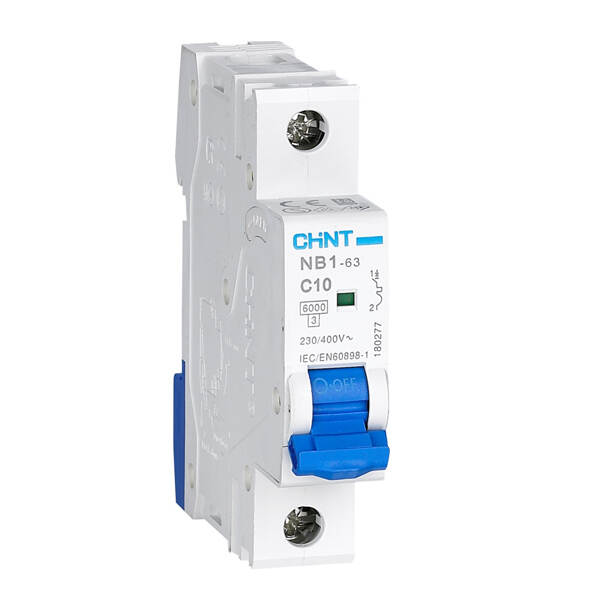ThatCoolNerd
New Member
I posted a schematic a couple of weeks ago and received some feedback. I've since made some adjustments and would like some feedback on this new one.
Basically I just want a little mobile power station that can power some stuff around the house and yard. Nothing crazy, maybe some fans and a computer in the summer. A small heater in the winter. An amplifier, periodically.
I understand I don't need OCP from the array to the solar charge controller if I don't have my panels in series, but I was still going to install a circuit breaker between them functionally as an "on-off" switch for my array. Does that work?
Are shunts necessary?
I'm going to purchase pre-made cables. I'd like to have mc4 quick-disconnects for my pv array, but we'll see.
I welcome any comments or concerns! Does this look safe?
I'm a little worried about the terminals breaking on the Victron charge controller. I've heard they're very flimsy and are easy to break for beginners like me. I kind of want to spend the extra $100 to get a 60A HQST charge controller just for the terminals, but I'm unsure.
P.S. I forgot to put it on the diagram but I was going to add a 40A T-class fuse on the positive wire from battery to inverter. Is that okay?

Basically I just want a little mobile power station that can power some stuff around the house and yard. Nothing crazy, maybe some fans and a computer in the summer. A small heater in the winter. An amplifier, periodically.
I understand I don't need OCP from the array to the solar charge controller if I don't have my panels in series, but I was still going to install a circuit breaker between them functionally as an "on-off" switch for my array. Does that work?
Are shunts necessary?
I'm going to purchase pre-made cables. I'd like to have mc4 quick-disconnects for my pv array, but we'll see.
I welcome any comments or concerns! Does this look safe?
I'm a little worried about the terminals breaking on the Victron charge controller. I've heard they're very flimsy and are easy to break for beginners like me. I kind of want to spend the extra $100 to get a 60A HQST charge controller just for the terminals, but I'm unsure.
P.S. I forgot to put it on the diagram but I was going to add a 40A T-class fuse on the positive wire from battery to inverter. Is that okay?







